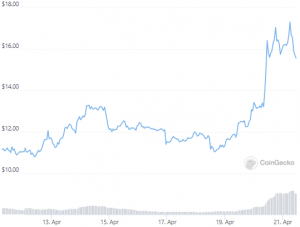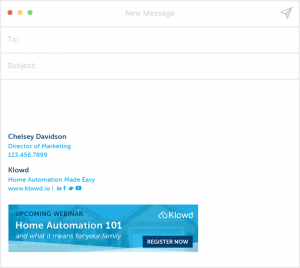Publishers Grapple Over Email, Contextual Targeting To Replace Third-Party Cookies
Publishers can’t expect readers to log into their website to read the content if they can view it without a subscription. Jana Meron, senior vice president of programmatic and data strategy at Insider, says: “At best, you’re somewhere between 10% and 20%. …. I believe in the value exchange, but I don’t think we need email to do it.”
Meron doesn’t think email is the nirvana, because she’s expecting subscription and pop-up fatigue, and that’s why Insider is less focused as a company on email. The notion of one-to-one targeting is what got the industry where it is today, and it’s time to recreate the ecosystem.
Meron recently kicked off the virtual panel discussion on Life After Cookies with several publishers, hosted by LiveIntent.
Despite Meron’s view on email, she said Insider combines all its data sources for targeting, including natural-language processing to create a deeper taxonomy for better contextual tagging, as well as bringing in other deterministic signals like survey responses, and email.
“A lot of companies are using their crawling capabilities to say, ‘okay, well if there won’t be a third-party cookie, well crawl the web to tell you what’s on the page,” she said. “Those algorithms need human intervention, and I don’t want someone creating a contextual graph of my site without my intervention.”
Insider worked with a number of these companies. All require some sort of “refinement.” If this notion of a contextual ad network materializes, the data will likely be as good as a third-party cookie, she said.
“We all know third-party data has been losing favor for many years,” she said.
She also said that if Insider focuses on emails, programmatically the IDs will wind up being “really, really, really” expensive, and it will break all of the attribution models. The amount of money marketers will spend to get one customer is based on a formula, and now that formula will be broken because they will need to pay much more to make it addressable, she said.
With context, reaching all the people who want to read about remote work, she said, the marketer can gain scale much more easily and might provide access to tens of millions of impressions.
Jason Schmidt, vice president of data strategy and partnership at Conde Nast, said every publisher with the means should build their own proprietary contextual engine.
“The amount of people consuming media during this past year has been insane,” said Sarah Badler, senior vice president of advertising and partnerships at Dotdash.
Badler said people are consuming an incredible amount of media. They want to read about everything such as how to build a desk and how to work from home. Dotdash doesn’t typically collect emails, but rather relies on contextual targeting based on the search queries.
Building a textual graph remains very important, said Ana Milicevic, principal and co-founder at SDH, but “the $64,000 question is [readers are asking] what will you give me for free” if they click on the “accept” button in the app related to the rollout of Apple’s Identifier for Advertisers (IDFA), a random device identifier assigned by Apple to a user’s device, officially launched last week.
(64)
Report Post





